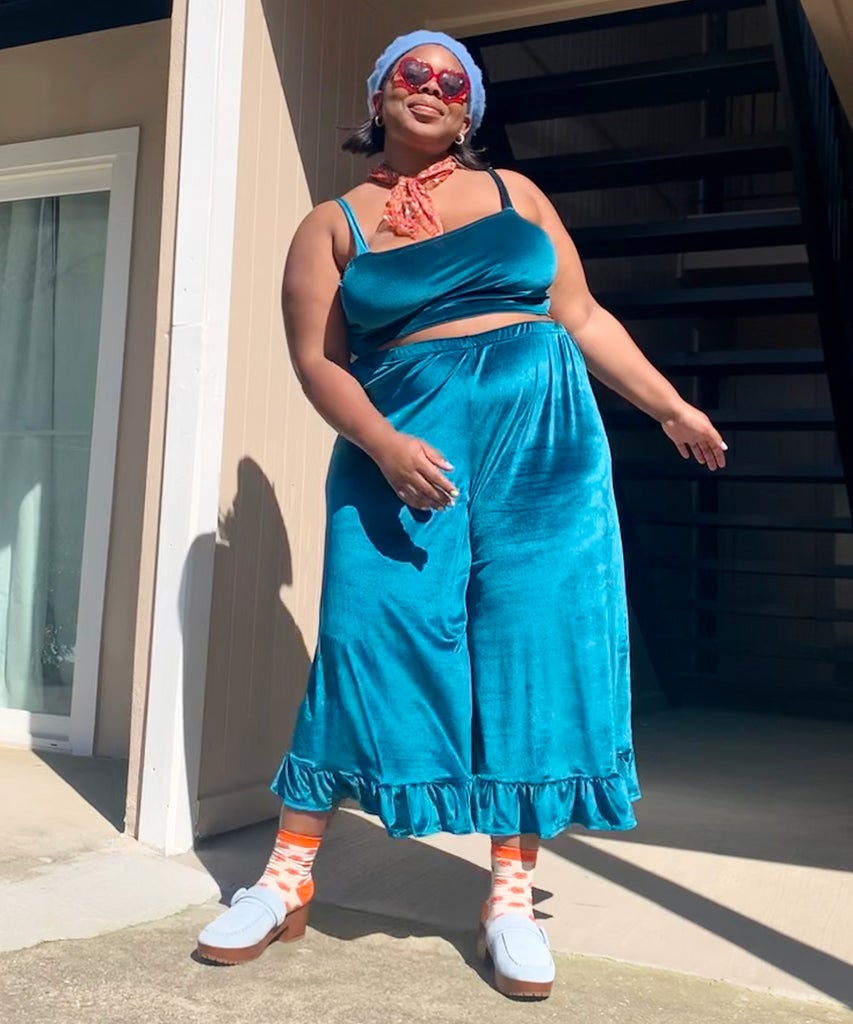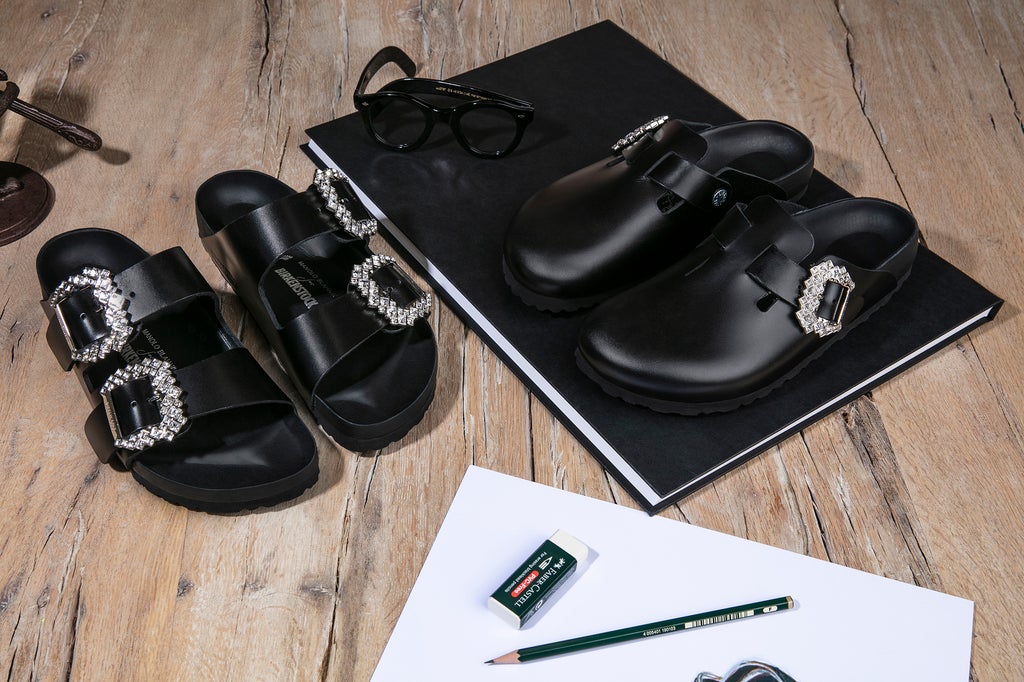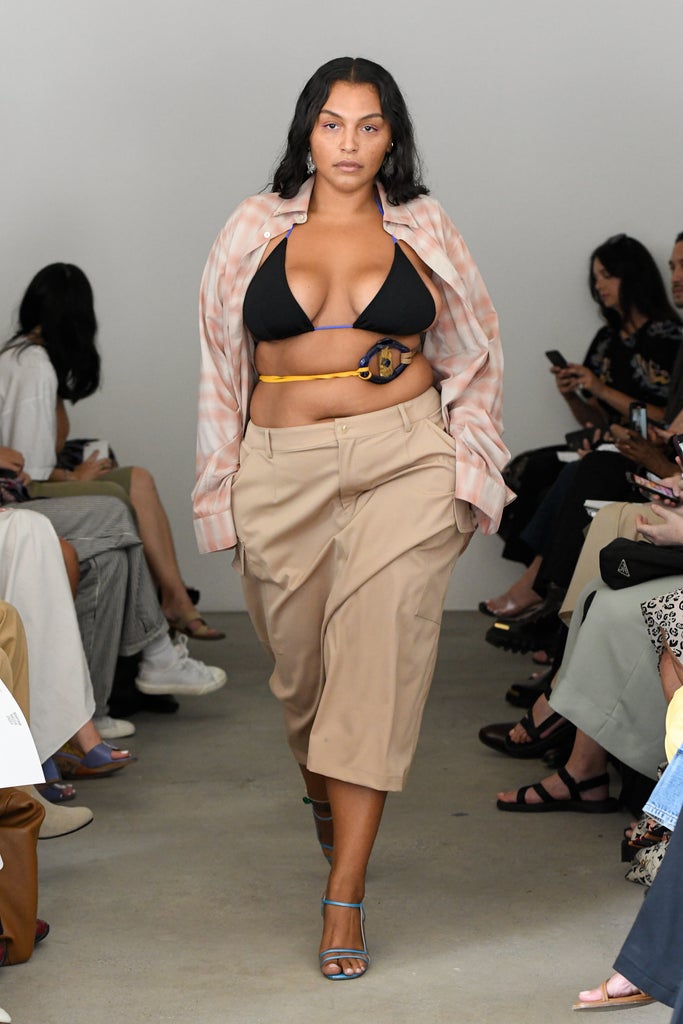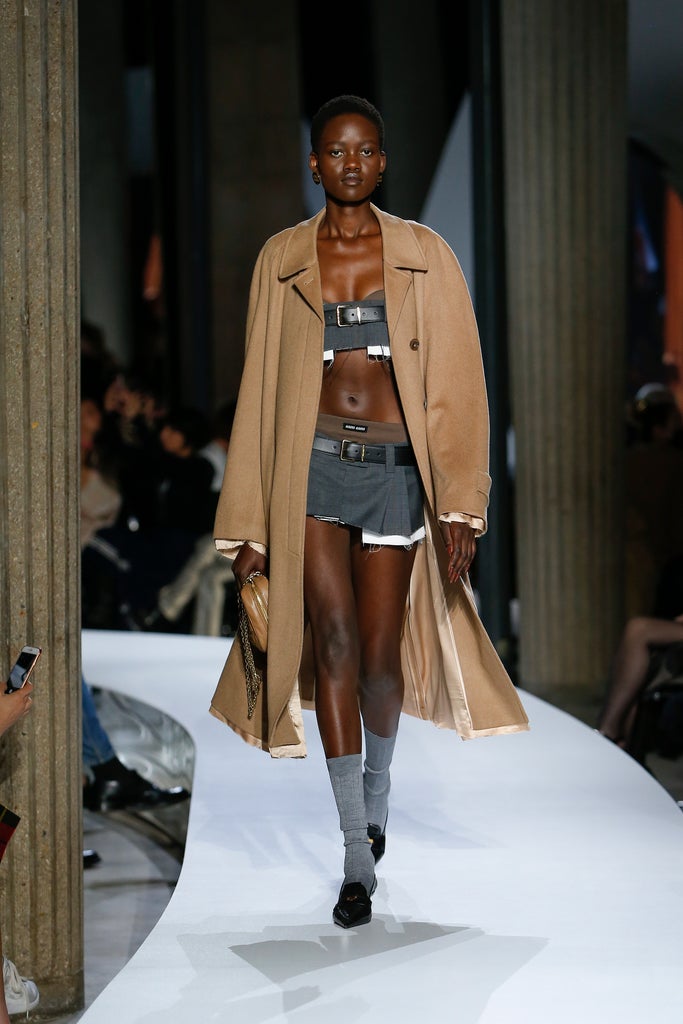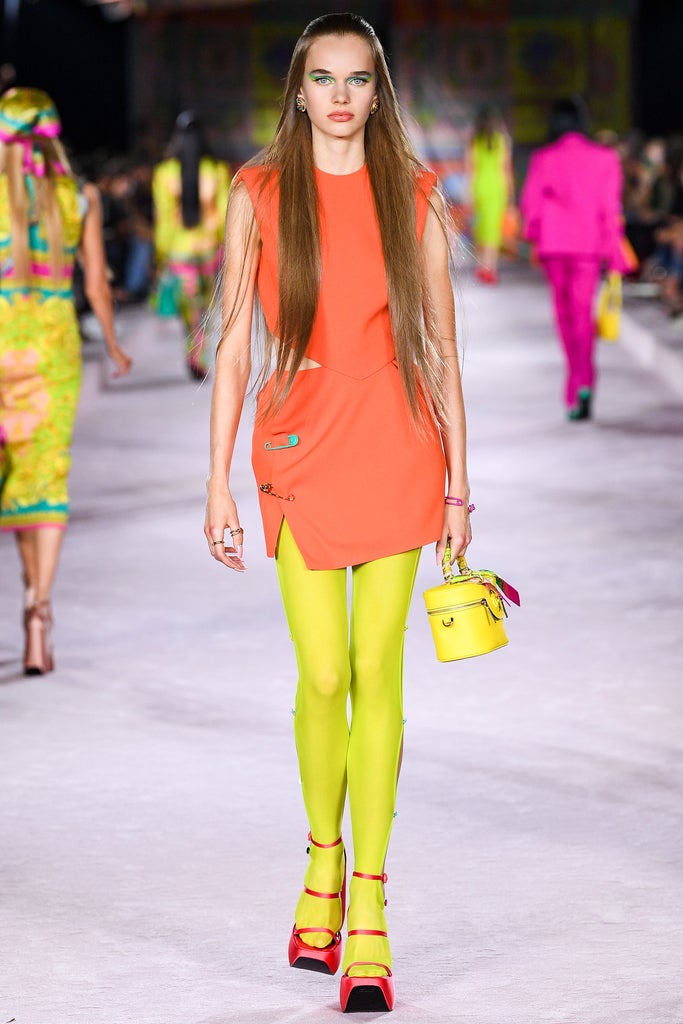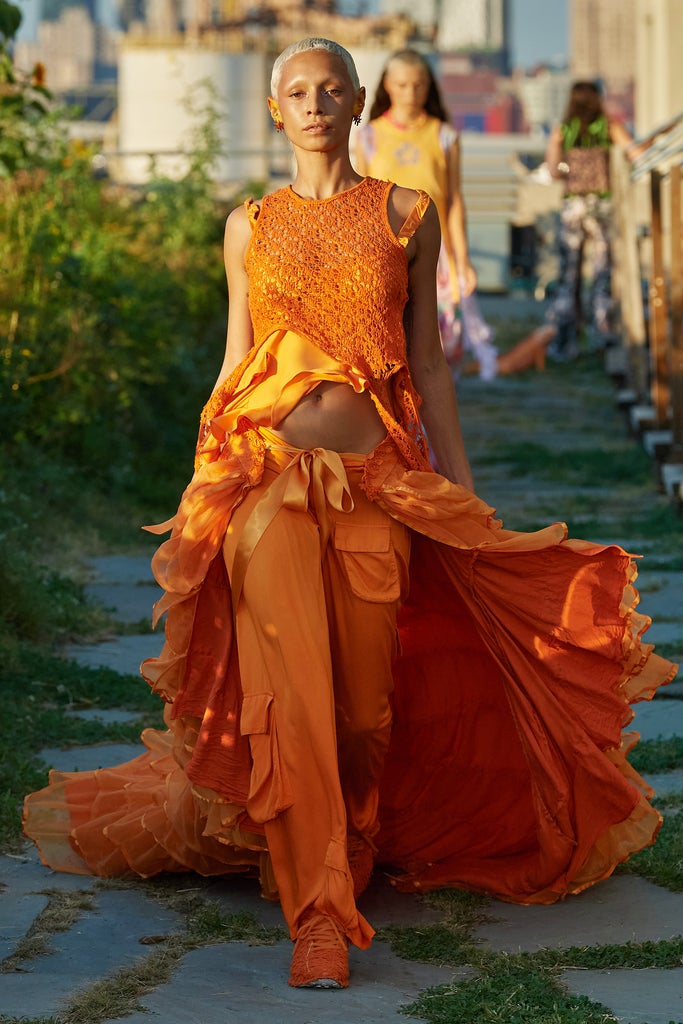
In a sea of predictable Prime Days, Cyber Mondays, and Memorial Days, a few genuinely exciting events stand out for savvy sale-hunters — and one of those hallowed markdowns is Nordstrom Rack’s Clear The Rack sale, where the off-price retailers chops an extra 25% off their already deeply discounted clearance section. Like Nordstrom Rack itself, the event is full of surprises; cropping up periodically with little advance notice and teeming with buyable bargains from beloved in-house brands like BP. and Z by Zella, respected standbys like Ugg, Allsaints, and Hobo, and a slew of designer brands that prefer that their discounted duds keep a low profile. Ahead, we’re answering all your burning questions about the three-day sale (which ends on March 27) and rounding up the need-to-cart goods to consider.
What’s on sale at Nordstrom’s Clear The Rack Sale?
Much of the fashion, beauty, home goods, and tech accessories that have trickled down from Seattle-based retailer’s inventory to the discount floor will be available on ultra-sale in the coming days. If you can find it at Nordstrom, chances are you can find it at Nordstrom Rack.
What are the best deals at Nordstrom’s Clear The Rack sale?
Nordstrom Rack boasts an enviable mix of markdowns that previously passed through the hallowed aisles of its big-sister store, along with some Rack-only goods that skipped the line and proceeded straight to the digital discount destination. Everything in the shop’s last-chance clearance section is marked down an additional 25% during the limited time sale.
How long will Nordstrom’s Clear the Rack sale last?
While the event isn’t by any means a flash in the pan, blink and you will miss it — the sale, which started today, March 24, will end on March 27. You only have three short days (or 72 sweet hours) to take advantage of these markdowns.
Sofia Cashmere Kimono Cardigan, $350 $39.36

While we’re very ready for spring, we’re not ready to stop buying cashmere. Luckily, the addictively soft goat-hair fiber is available in transitional silhouettes — like this loose, short-sleeved kimono-cardigan hybrid that clocks in at 85% of its original retail price. The one-size-fits all style is available in a 32” length and comes closure-free for an easy, layerable look.
Vince Front Seam Leggings, $295 $44.98
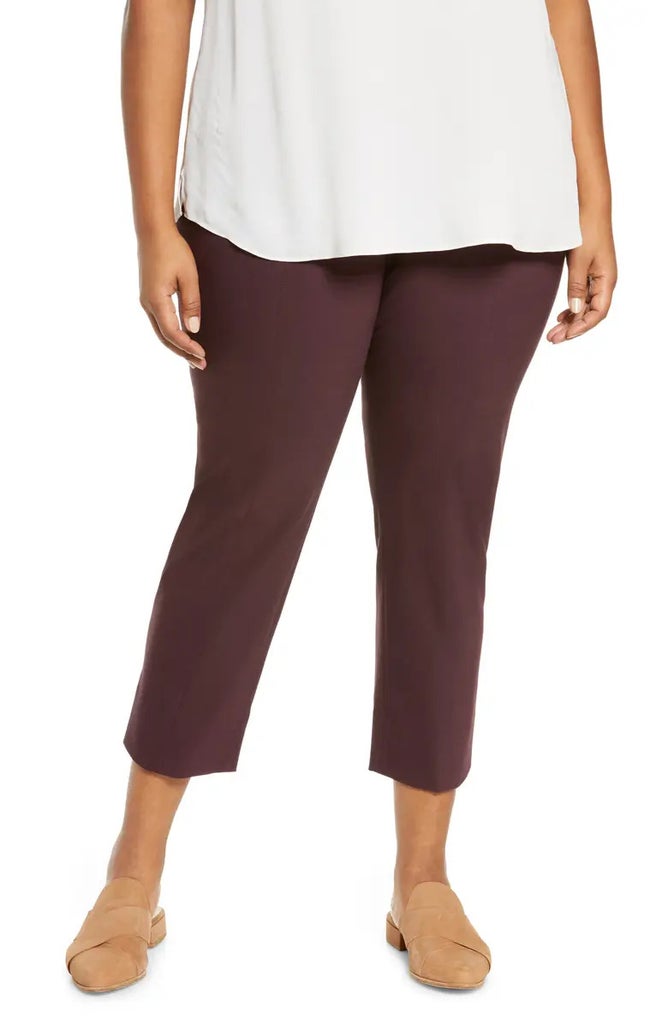
Vince is known for what designer Patrik Ervell calls the “most elevated version” of a “high classic California aesthetic,” and the brand’s understated essentials promise to add a cool elegance to any outfit. These cropped cotton-blend leggings boast a host of thoughtful details (visible seams and subtly split hems) that elevate an otherwise easy silhouette.
Kelsi Dagger Brooklyn Spark Woven Sandal, $140 $39.34

“Like Tevas, only fancy,” wrote one Nordstrom Rack reviewer of these braided leather footbed sandals. “I’ve been looking for a velcro sandal that was different than what is out there and these are perfect!” exclaimed another. The crunchy-cool mashup offers a contoured insole and a unique take on the traditional campfire shoe.
Abound Lightweight Easy Cardigan, $29.97

We love that a cropped waistline can usher the often-fusty cardigan into cool-girl layering territory. The medium-chunky knit and cotton blend make it a perfect transitional topper for the in-between seasons ahead.
Hobo Leather Crossbody Bag, $228 $109.97

In the world of cross-body bags, the canteen sling reigns supreme — the silhouette is unexpected but still functional and hands-free. Hobo’s iteration is rendered in an un-missable aqua hue that will add a colorful boost to any outfit.
BP. Oval Sunglasses, $15 $4.47
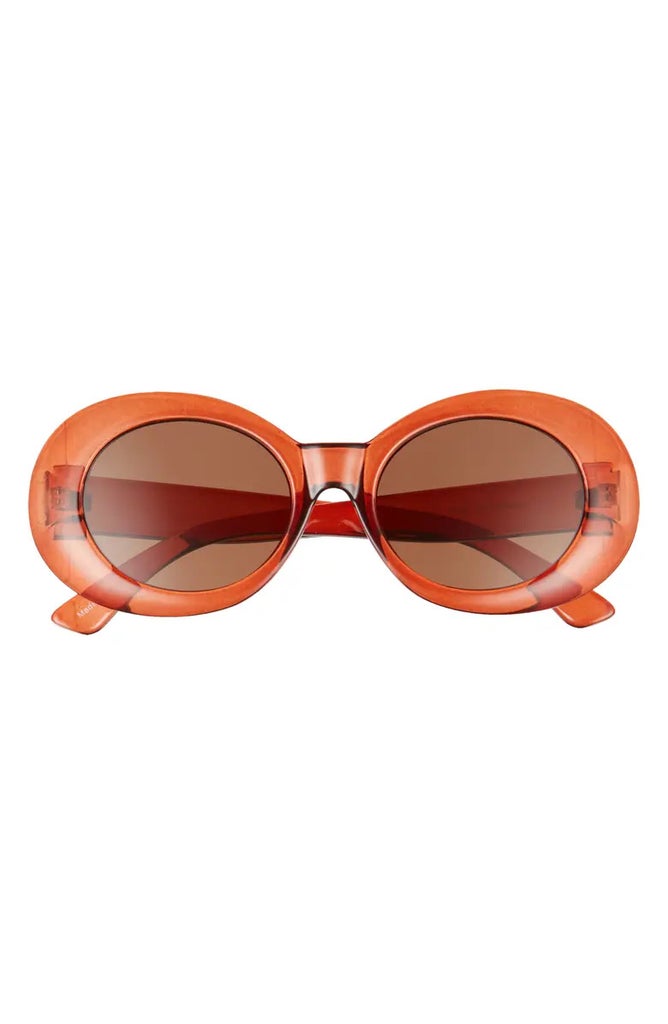
These tawny throwback shades from Nordstrom’s in-house collection are part Kurt Cobain, part influencer — and at less than $5, they’re fully a steal.
AFRM Katica Satin Midi Dress, $42.97 $25.78

A slinky, satin-y slipdress is a summer must-have, and this shimmering number answers the call for under $30. Available in sizes 1X – 3X, the warm-weather-ready party staple is fabricated from lightweight rayon.
Allsaints Signet Transfer Sandal, $89 $26.98
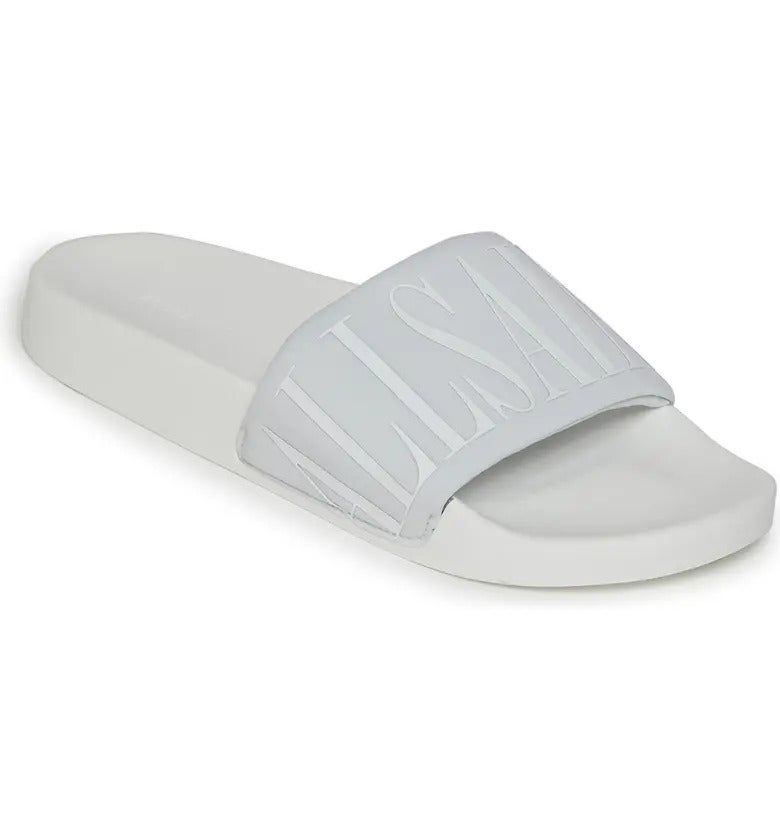
Unexpected crowd-pleaser Allsaints is know for leather jackets and black jeans, but did you know the British brand also offer a stylish take on the logo slide? This unsung summer essential is perfect for shuffling around the house, running errands, or hitting the sand.
BP. Cotton High Waist Leggings, $12 $9

A tried and true cotton blend with a ultra-high waist offers a chic and breathable option for your next workout (or dance party).
Lovestitch Gauze Maxi Dress, $88 $29.97

Don’t be fooled by this sweeping maxi’s airy fabrication — the gauzy frock boasts heavyweight status in the world of online reviews. A longtime standby at Nordstrom Rack, the dress is available in sizes S – 2X and boasts over 2,000 reviews on the Seattle-based site. “Perfect maxi dress!!!” exclaimed a review named Sumer. “It has great pockets, flowing material and it’s NOT shaped like a big old tent! Who ever designed this new something about the female body shape.”
Sanctuary Ribbed Cutout Tee, $69 $14.61

What’s better than a basic tee? A fitted top in a becoming shade of powder blue that boasts a cool, sneaky cutout, allowing you to comfortably show a little extra skin. The rayon fabric is ribbed for an added dose of elegance.
NSR Square Neck Midi Dress, $80 $39.97
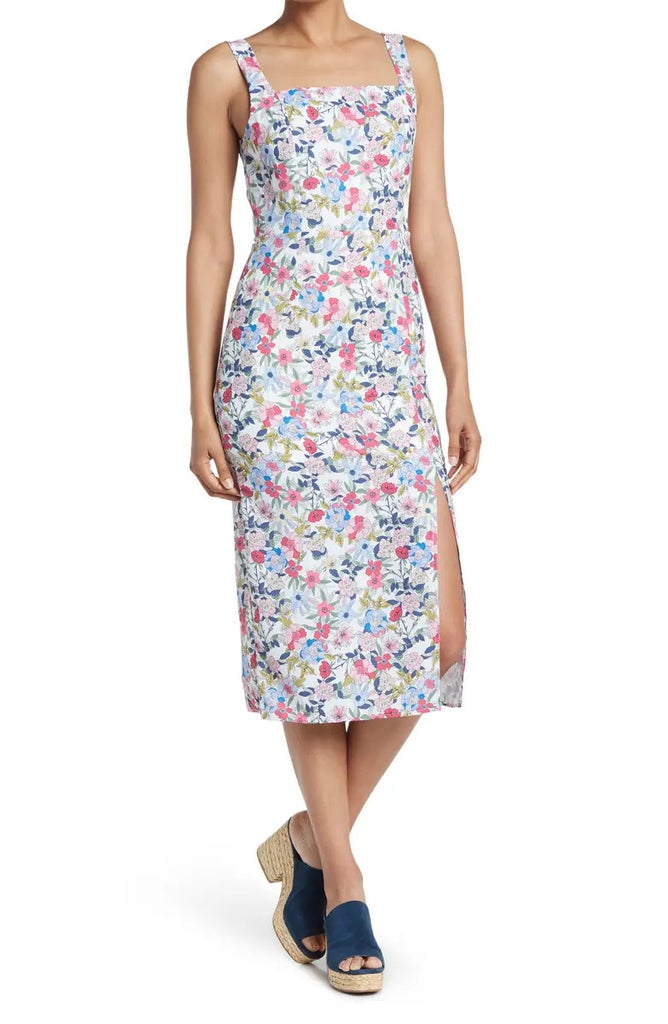
This figure-skimming floral dress only appears traditional — the cool-girl square neckline and side slit lend a modern edginess that will satisfy any wedding dress code.
Like what you see? How about some more R29 goodness, right here?



